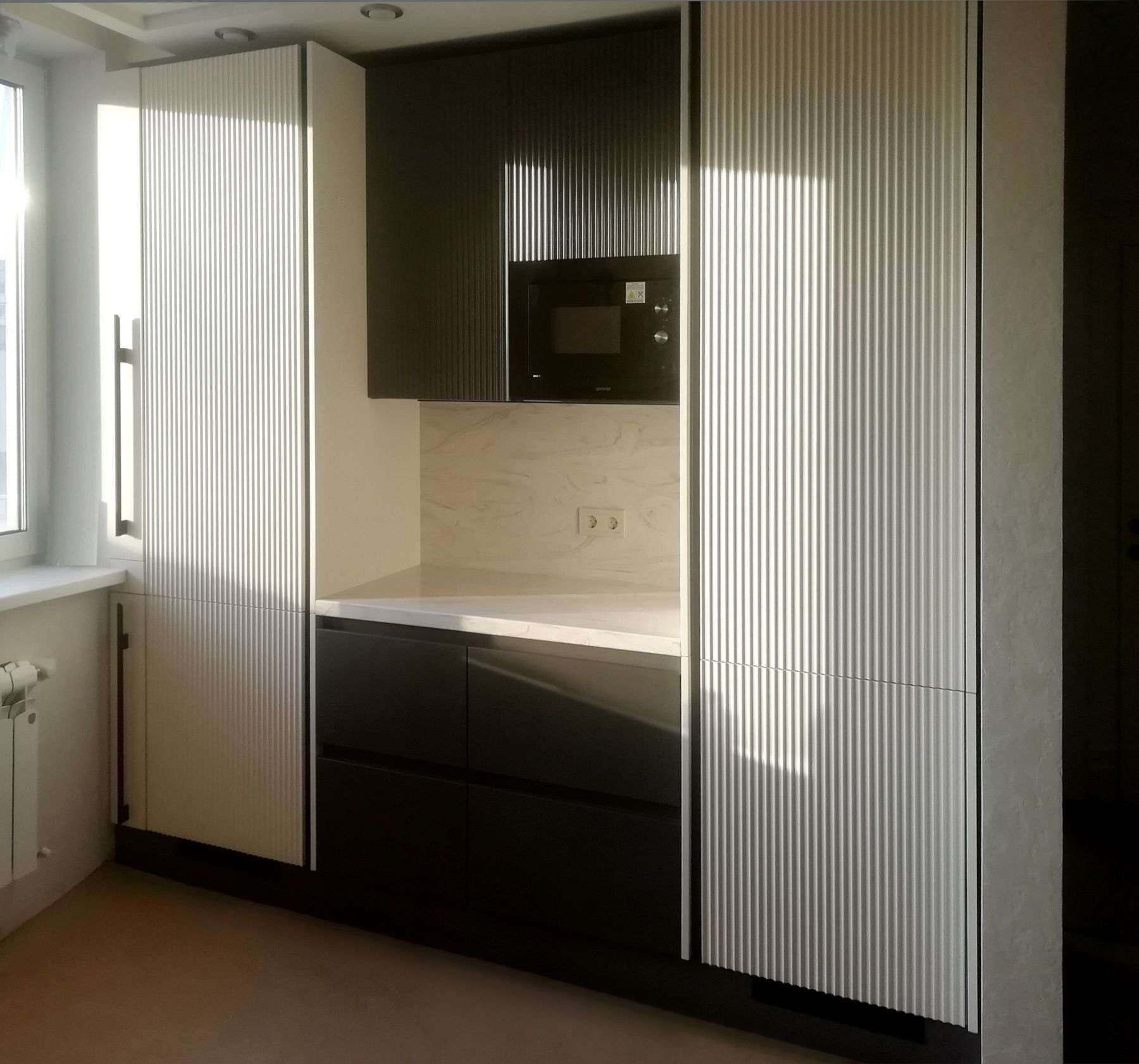
Mastering Gourmet Kitchen Style
Introduction
The gourmet kitchen is the heart of the home for food enthusiasts and cooking aficionados. It's a place where culinary creativity thrives and where meals become a form of expression. Mastering the gourmet kitchen style involves a blend of aesthetics, functionality, and a deep appreciation for the art of cooking. In this article, we'll explore how to craft a kitchen that's not only visually appealing but also equipped to handle the demands of gourmet cuisine.
Understanding Gourmet Kitchen Essentials
The first step to mastering gourmet kitchen style is understanding the essentials. This includes professional-grade appliances, such as a high-performance range, a powerful exhaust hood, and a spacious refrigerator. Quality tools, including sharp knives, durable cutting boards, and a variety of cookware, are also crucial. But it's not just about the tools; gourmet kitchens should boast ample counter space for preparation and presentation, as well as easily accessible storage solutions for ingredients and utensils.
Designing for Efficiency and Flow
The layout of your gourmet kitchen should facilitate a seamless cooking experience. The classic work triangle concept—positioning the stove, sink, and refrigerator in a triangular formation—promotes efficiency and reduces unnecessary movement. Consider incorporating elements like a pot-filler faucet near the stove and a prep sink on the island. Each zone in your kitchen should be thoughtfully designed, from the baking area to the grilling station, ensuring that everything you need is within reach.
Materials and Finishes for Durability and Style
The choice of materials and finishes has a significant impact on both the functionality and the aesthetic appeal of your gourmet kitchen. For countertops, options like granite, quartz, or stainless steel offer durability and can handle the wear and tear of constant use. Choose cabinetry and flooring that not only complement the design but are also sturdy enough to endure frequent cleaning and heavy traffic. Accentuate your kitchen with designer tiles, unique backsplashes, or even a touch of natural wood for warmth.
The Importance of Lighting
Good lighting is an integral part of any gourmet kitchen. A combination of general, task, and accent lighting will not only enhance the kitchen's ambiance but also ensure safety and precision while cooking. Pendant lights over the island or peninsula provide focused lighting for meal prep, while under-cabinet lights illuminate countertop activities. Dimmers are an excellent addition, allowing you to adjust the atmosphere for intimate dinners or social cooking sessions.
Personal Touches and Decor
Your gourmet kitchen should reflect your personal culinary style and passions. Incorporate elements that inspire you, such as a display of your favorite cookbooks, a collection of rare spices, or artwork that celebrates food and dining. Use decorative items that can also serve a purpose, such as beautiful herb planters or a chalkboard to jot down recipes and shopping lists. These personal touches will not only make your kitchen feel more inviting but will also boost your creative energy every time you step into the space.
Conclusion
Mastering gourmet kitchen style is about more than just impressive appliances and a gorgeous aesthetic—it's about creating a space that fuels your passion for cooking and elevates your culinary experiences. By focusing on essentials, design efficiency, quality materials, appropriate lighting, and personal decor, you can craft a kitchen that's both beautiful and highly functional. With these elements in place, your gourmet kitchen will be a place where delicious memories are made and culinary masterpieces are born.